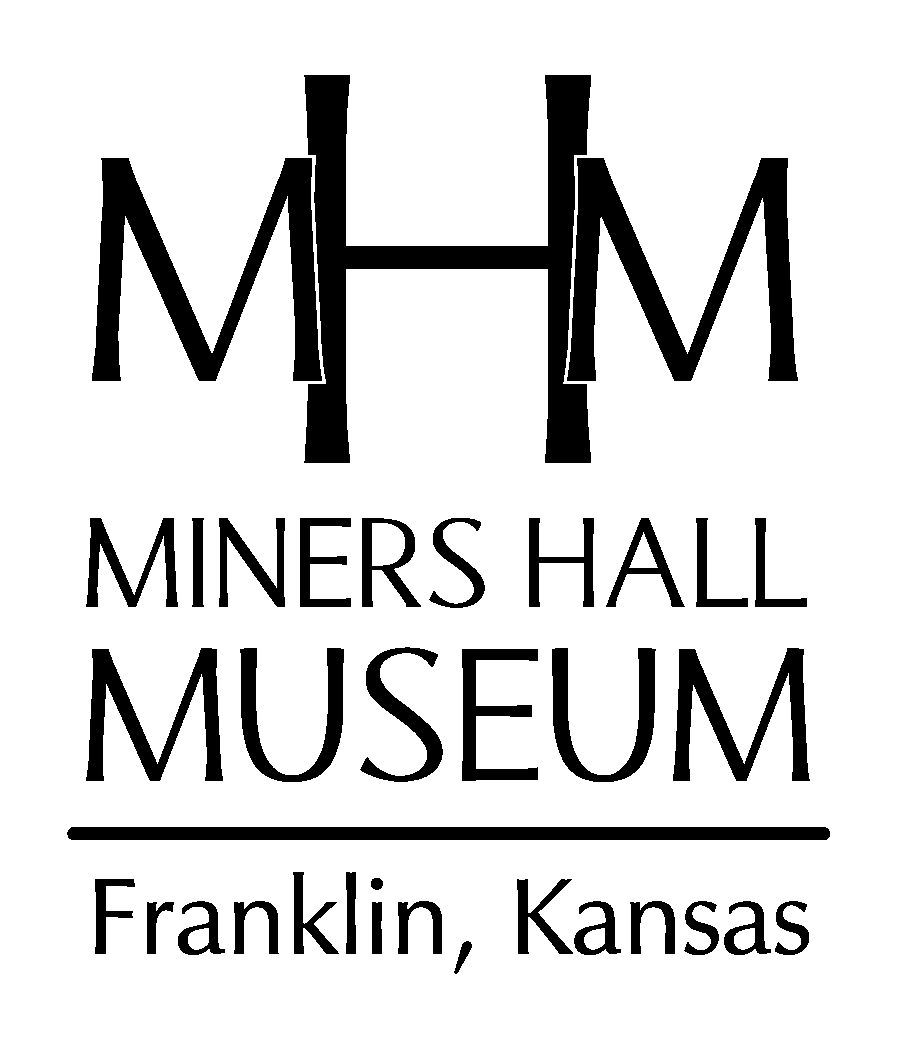Who We Are
OUR BEGINNING
In early 2011 a few people sat around a table and discussed the possibility of establishing a museum dedicated to the rich coal mining history of Southeast Kansas. Thousands of immigrants worked in these coalfields and laid the foundation of our area yet there was no museum to recognize their work.
From those first meetings a steering committee was established. Plans moved along quickly to use the Franklin Community Center as a location. On this site once stood an early Franklin Union Hall and the Amazon Army March began at that Union Hall.
After those early organization meetings were held a group of area educators, business leaders and volunteers who have been serving southeast Kansas for decades came together to form the founding Board of Trustees. The 2012-13 Board of Trustees consisted of Linda Grilz, Board Chair; Jerry Lomshek, Vice-Chair; Phyllis Bitner, Secretary-Treasurer; Debby Close, Linda Knoll, Mary Lou Murray, Dr. Kris Lawson, David Keller, Alan Roberts, Linda Roberts and Veda Maxwell.
An opportunity soon came before us to host a Smithsonian Traveling Exhibit called “The Way We Work”. It sounded like the perfect match with our coal mining heritage, so we applied. In August, 2011 we learned we had been selected as one of six sites in the State of Kansas to host this prestigious event. We are proud to have hosted a Smithsonian traveling exhibit in 2013. Over 5,000 visitors from 38 states and 5 foreign countries came during a 6 week period. A 12-month leadup of monthly exhibits and programs was presented by area businesses to tell ”How We Work in SE Kansas.”
Through time the two organizations - FCCI (Franklin Community Council, Inc.) and MHM (Miners Hall Museum Foundation) merged. MHM now owns and maintains the museum property, Franklin Community Park and the Welcome Sign area which will be the site of the historic Page 618 Walking Dragline.
MANAGEMENT
The properties are managed by a Board of Trustees. Responsibility for various aspects of running our museum has been divided into several categories with several sub-committees. The museum has several staff members (full and part time) and is also a training site for the SER Corporation, a federally funded program for training adult workers for re-entering the workforce. We also work with area colleges to provide internships. Two of our interns were invited to serve at the Smithsonian in Washington D.C. due to their work at our museum.
SUPPORT
We have received an enormous amount of support in the way of donations of artifacts for the museum as well as monetary donations. Grants and donors have helped us with many of our projects.
THE PAST
Between 1880 and 1940, the growth of Cherokee and Crawford counties was remarkable with an influx of people coming not only from eastern states, but also from European countries. Trying to find a better life, the intrigue of coal enticed thousands to move here to become coal miners. “The Little Balkans'' name is associated with Crawford County as the majority of European immigrants came from the Balkan Peninsula region of southeastern Europe, making this a land of unique heritage.
THE FUTURE
With more than 5,000 visitors from more than 30 states and several foreign countries in the first eight months of operation, we became a viable tourist destination for Crawford County.
The long-range vision for Miners Hall Museum is to grow our collections (inside and out), execute our plan for expansion and develop additional educational programs for students in the area. Special quarterly exhibits have been tremendously successful and we have plans to continue these special exhibits which also provides a monthly program related to the topic. These specialty attractions keep the museum fresh so visitors will always find something new to view there.

